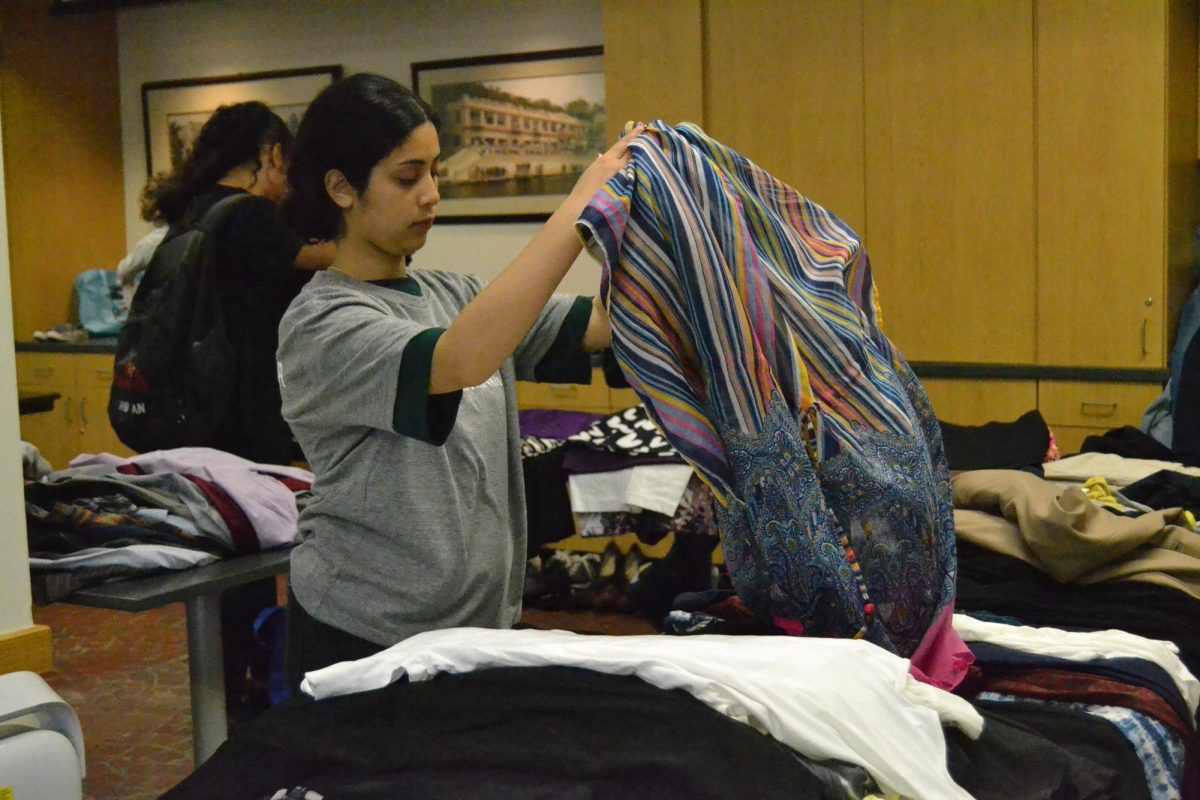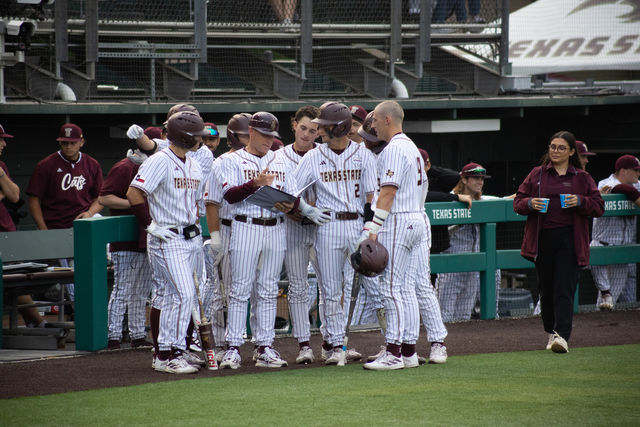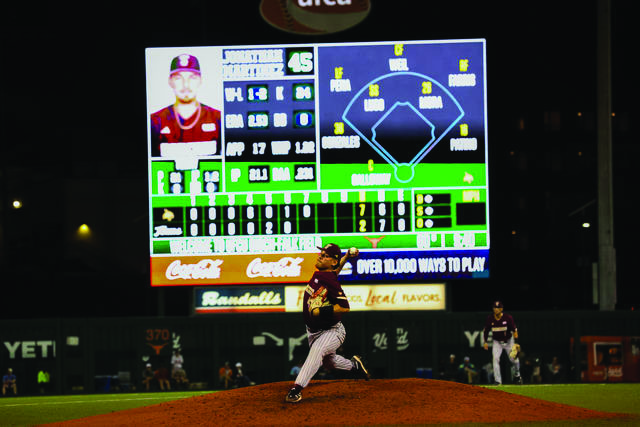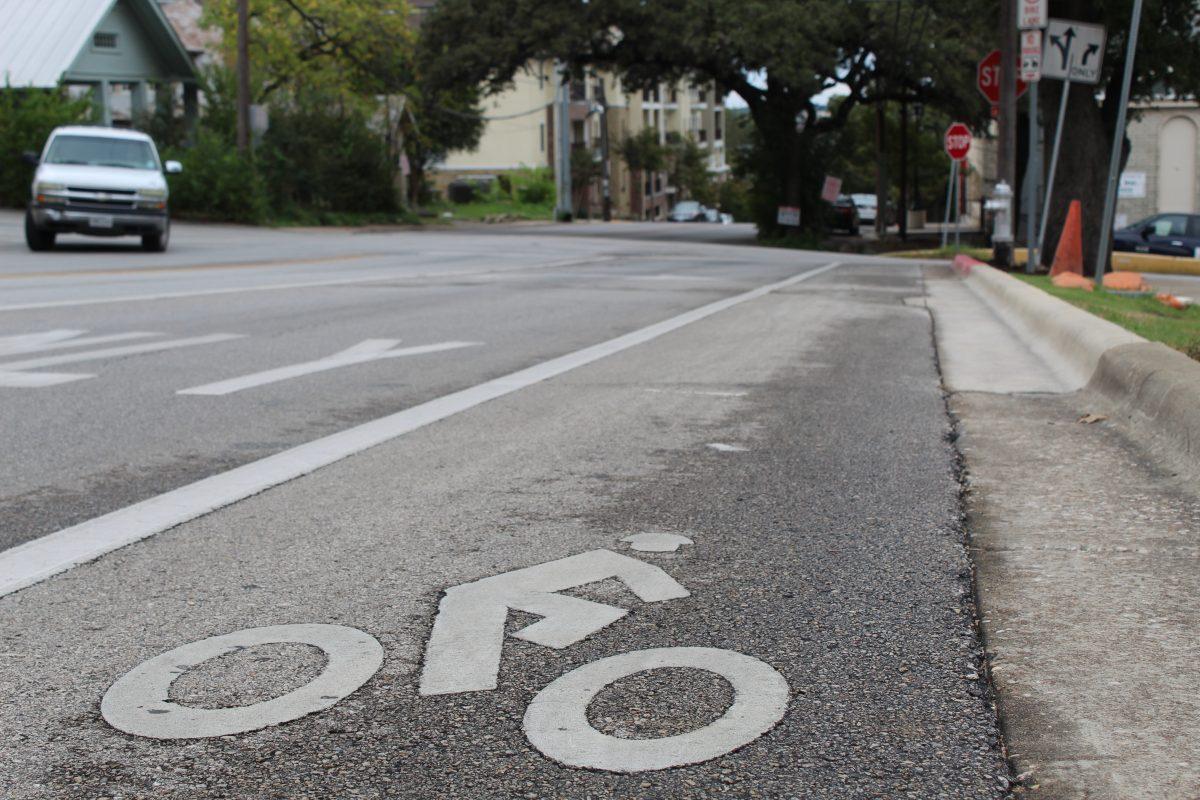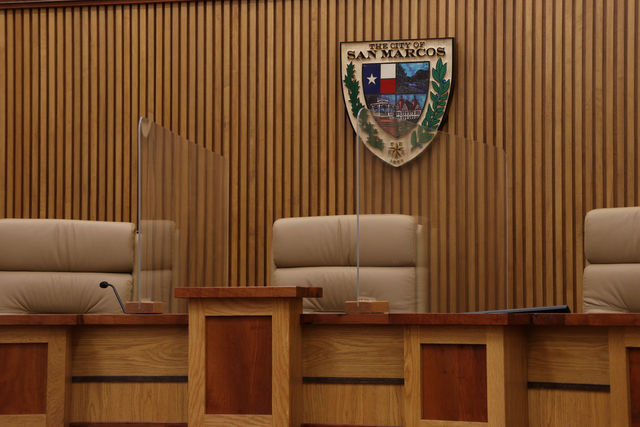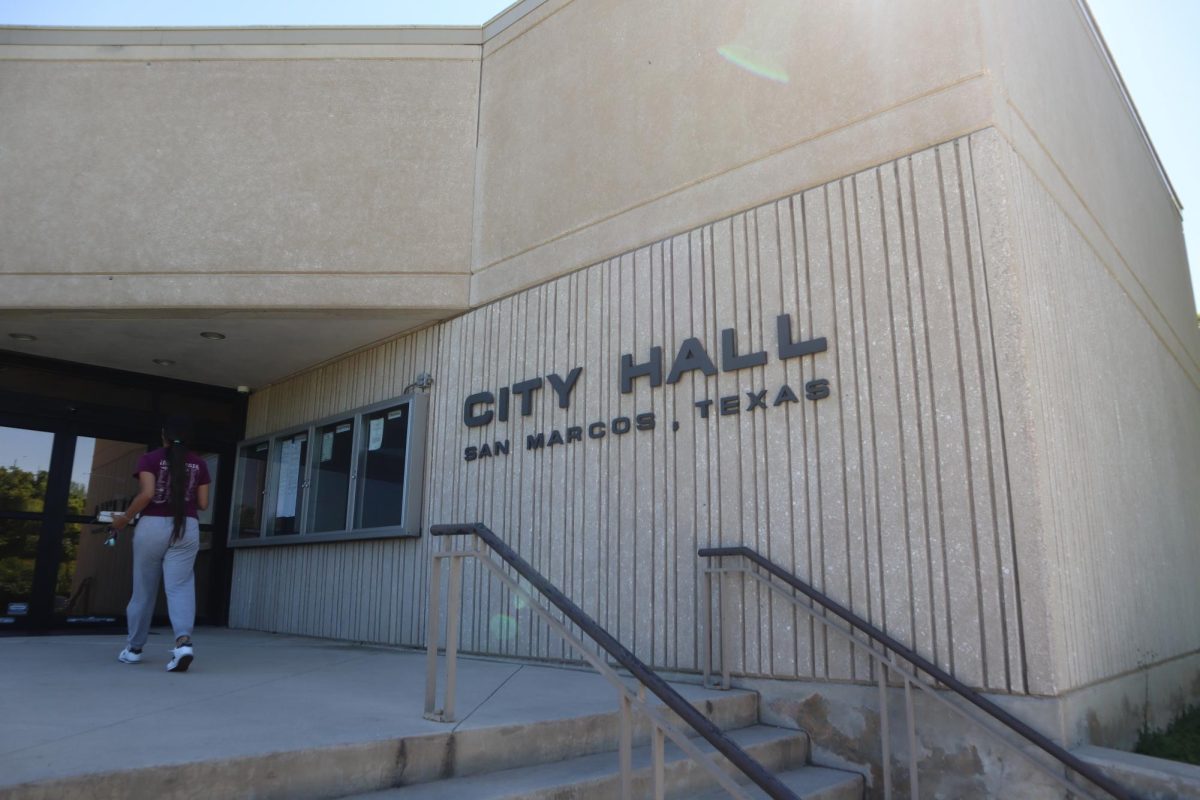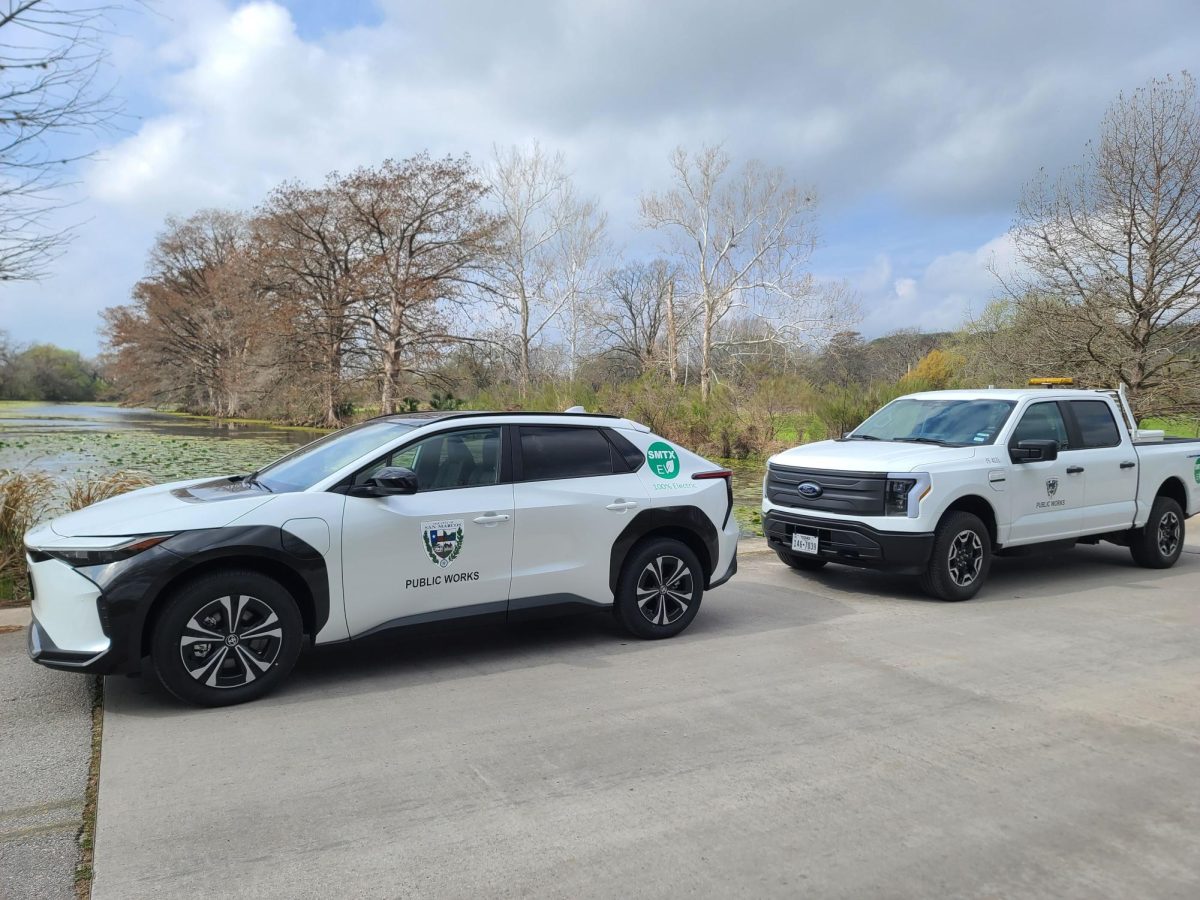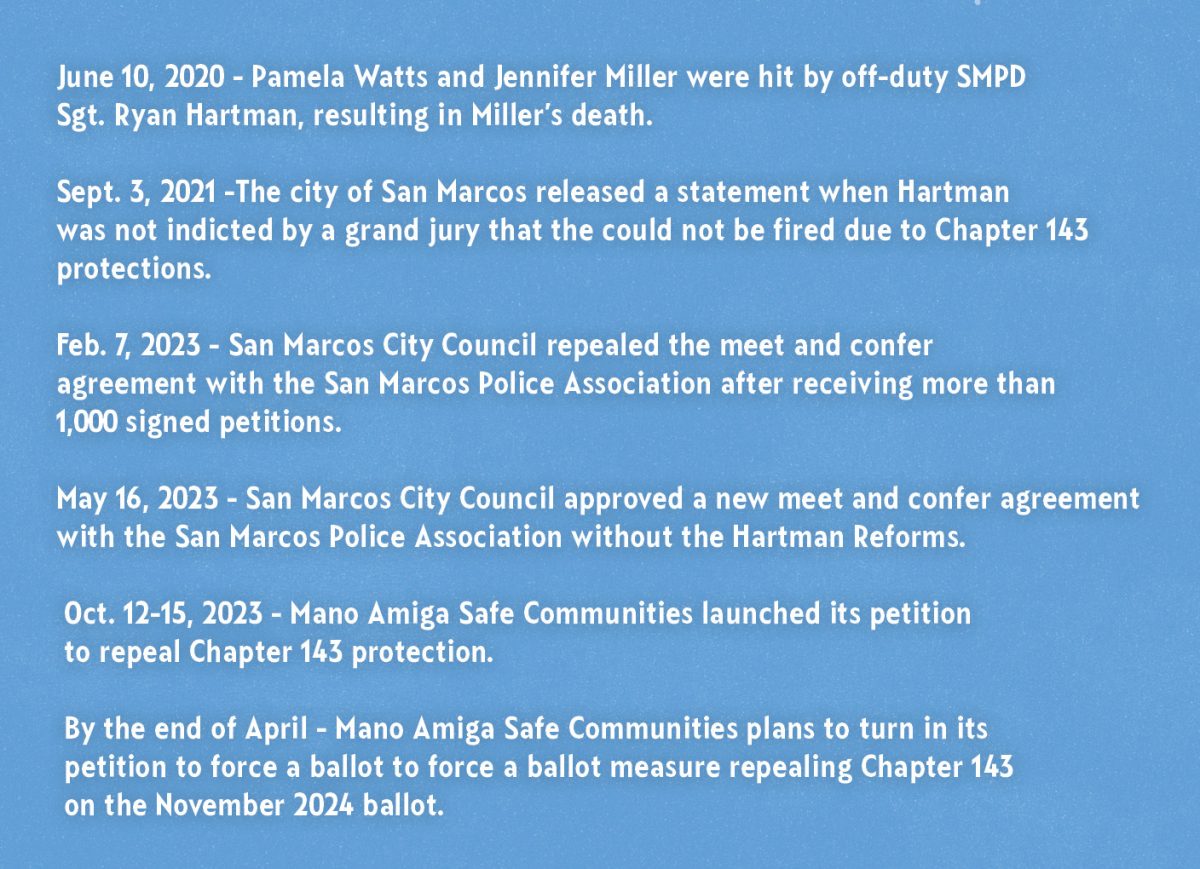In an ongoing update to San Marcos’ Transportation Master Plan, the city has made a move toward autonomous vehicles and paid parking, as well as building on the foundations of increased pedestrian and bicycle traffic.
The original plan, created in 2004, centered around pedestrians and bicycles. Since then, the city has grown rapidly, adding over 18,000 residents in the past eight years alone. In correlation, bicycle lanes and several walkways have been added across the city.
To ease arising traffic jams, the city proposed an update to the plan in 2014. The initial draft was released in March 2018. Since then, the city’s Engineering and Capital Improvements Department has met with City Council and residents multiple times to receive critiques, including an Oct. 30 special City Council meeting dedicated to revising the plan. At the meeting, Mayor John Thomaides said the updates are critical to San Marcos’ future.
“Our City Council recognizes the future increased projections of traffic from (the) western part of Hays County and, without alternative roadways, the impact of that increased traffic on congestion within our city,” Thomaides said. “It is the desire of this council to balance the needs for future mobility with the protection of these sensitive environmental features and areas.”
In early August, City Council directed the engineering department to revise several parts of the update to include a more focused list of goals and more modes of transportation. Senior project engineer Rohit Vij followed by including sections on the plan’s goals, community engagement, existing documents, surveys and City Council’s recommendations.
“We have updated the TMP process and included a section on what TMP does and how it was developed,” Vij said. “We have revised text to clarify existing vehicular performance analysis. Then we revised the code to provide more emphasis on multi-modal goals and performance measures. Under recommendations, we added a new section where we talk about the goals and objectives of the performances of sustainable multi-modal performance measures for the next TMP update.”
The plan has an immediate focus on improving and expanding the already-in-use thoroughfare bike and trail plans through proposed improvement. Construction is expected to begin in April or May and end in the summer. At an Oct. 18 open house, Vij said the city has been planning the project for two years but doesn’t yet know who will do the contracting and construction.
“Right now, the contract is open to the highest bidder, so it could be any local or state-level contractors who pick up the construction,” Vij said.
The updated plan also included a section on autonomous vehicles, added by Vij following a City Council recommendation. Mayor John Thomaides said autonomous vehicles are positive for San Marcos and the engineers should reference Austin’s extensive plan on their implementation. Following, Councilwoman Lisa Prewitt said the city should look into the prospects of autonomous mass transit.
“Previously, we didn’t mention anything in here about shuttles that might be autonomous, which might be what we see before we see mass single-use autonomous vehicles,” Prewitt said. “I think the reason we even have the tiniest reference in this (updated plan) is that we didn’t even have it in here at all. We at least wanted to have a placeholder in our Transportation Master Plan for autonomous vehicles: single-use, mass transit, whatever that might be. This is our first stab at getting it in there.”
Vij also said the improvements are necessary because of the faded bike lane stripes around town.
“People who ride their bikes are having a hard time seeing where they need to be in order to maintain their position within the bike lanes,” Vij said.
Christopher Bishop, public information officer for the Texas Department of Transportation, handles the communications between the city and the Texas Department of Transportation. Bishop said TXDOT is going to re-surface Guadalupe Street between University Drive and Grove Street.
“As part of the arrangement we have with the city, we’re going to re-stripe the road, which currently has three lanes, down to two lanes,” Bishop said. “The city is going to follow our part and they’re going to be adding bicycle lanes with a curb to separate bicycles and cars,” Bishop said.
Bishop also said there will be construction done to benefit pedestrians who are walking, including better lighting and lampposts. According to Bishop, the City of San Marcos will fund the project.
In the Oct. 30 special meeting, Councilmember Melissa Derrick said the engineers should consider implementing metered and license plate recognition parking for neighborhoods surrounding the San Marcos River to help mitigate the parking demands. City Manager Bert Lumbreras said paid parking has primarily been used for the downtown area, but its extension to parks could help generate revenue.
“As much as I understand it, I think the focus is on the downtown area,” Lumbreras said. “When we start talking about areas of paid parking and designated residential parking districts, it could even extend to the parks. The way I view it, and coming in from other cities, like Austin for example, they do have parks that have designated paid parking areas. If we were to go that route, we can certainly consider it, but everything we’ve done with license plate recognition software to this point has just focused on the downtown area.”
Stepheny Uresti, an interdisciplinary studies senior, said she walks around downtown and there should be improvements to the area because it could be beneficially safer for residents. She also said there is not a lot of parking and biking lanes and she has seen many hazards take place.
“The sidewalk, I believe they could increase more areas where we can walk as in the street availability where you can walk,” Uresti said. “Very frequently, I see potential accidents.”
Another public meeting will be held early next year, according to Vij.
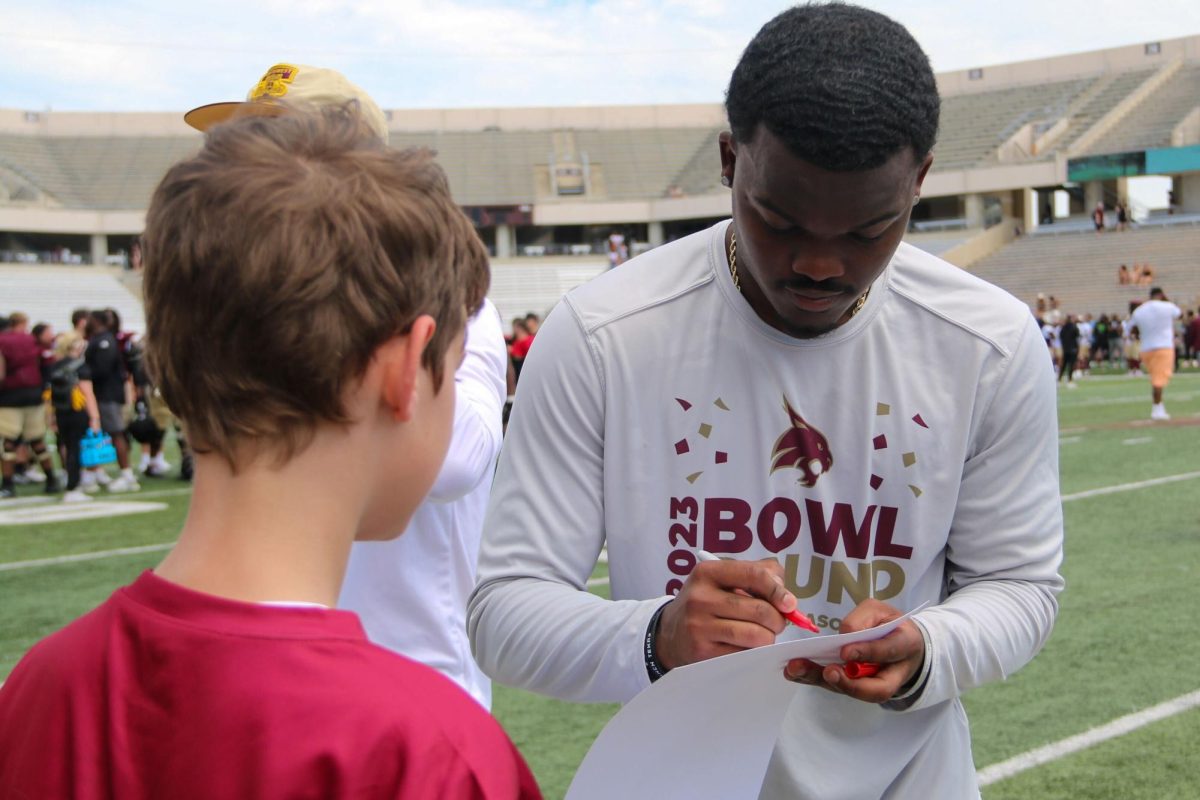
April 23, 2024
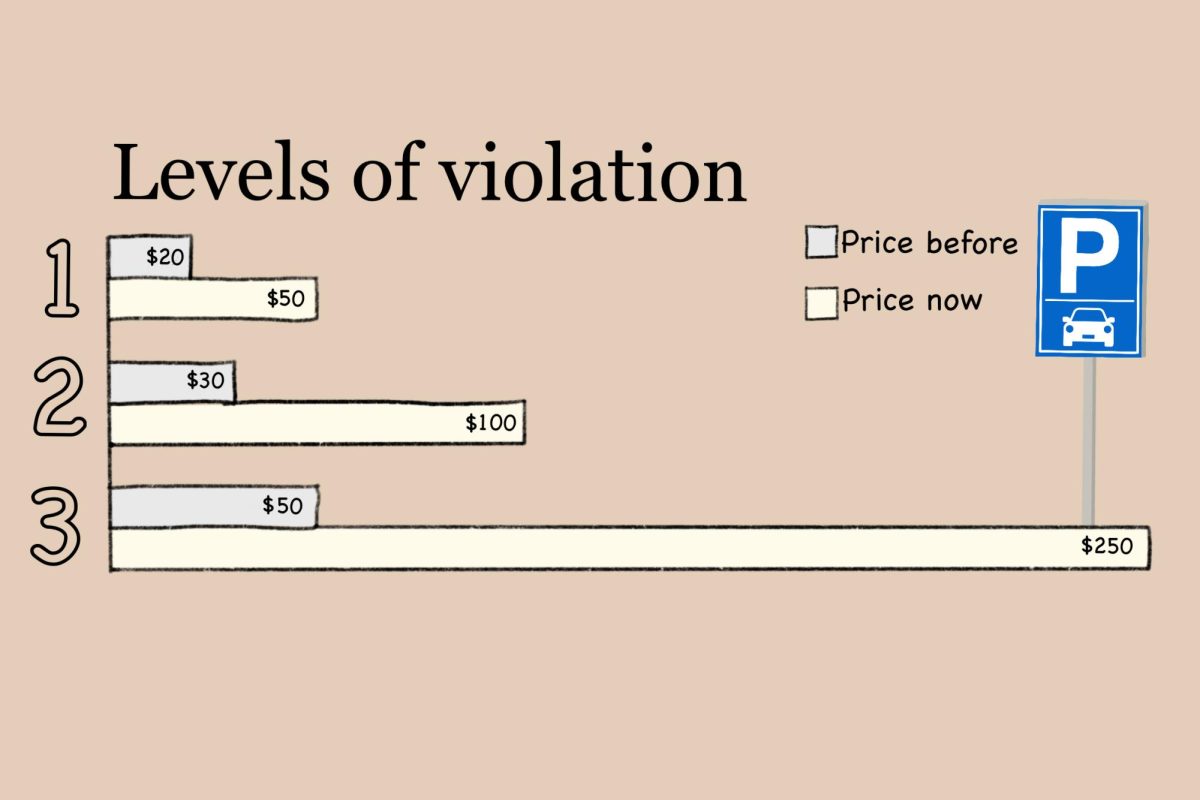
April 23, 2024
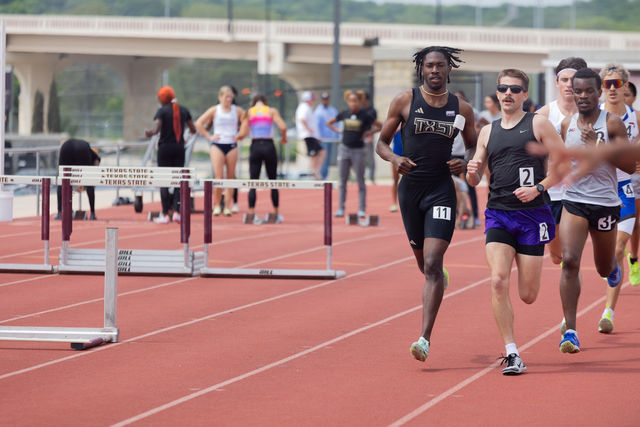
April 23, 2024
City explores self-driving vehicles, paid parking, more, in Transportation Master Plan
November 13, 2018
Donate to The University Star
Your donation will support the student journalists of Texas State University. Your contribution will allow us to purchase equipment and cover our annual website hosting costs.
More to Discover
SECTIONS
SERVICES
CONTACT INFORMATION
universitystar.com
601 University Drive
San Marcos, TX 78666
Phone: 512-245-3487
Email: [email protected]
601 University Drive
San Marcos, TX 78666
Phone: 512-245-3487
Email: [email protected]
© Copyright 2024 The University Star 601 University Drive, San Marcos, TX | Privacy Policy
© Copyright 2024 The University Star 601 University Drive, San Marcos, TX | Privacy Policy

